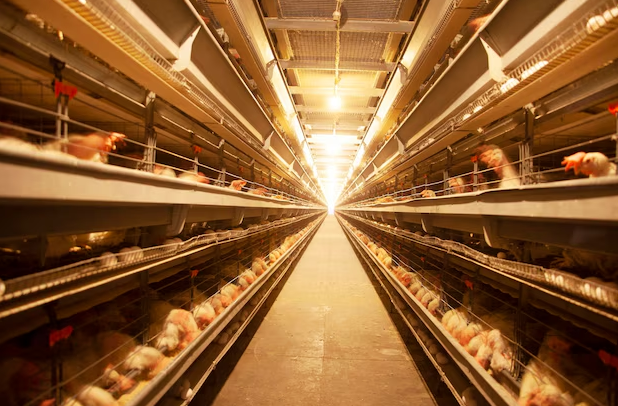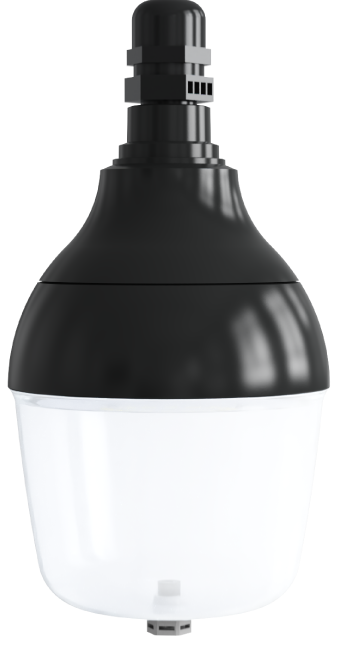How much daylight do chickens need to lay eggs?
How much daylight do chickens need to lay eggs?

To optimize egg production, manage light exposure (natural or artificial) as follows:
1. Optimal Photoperiod: 14–16 Hours
A 14-hour daily photoperiod is the minimum required to stimulate consistent egg production. Studies show hens under 14-hour lighting produce significantly more eggs annually (e.g., 173.5 vs. 161 eggs/year in controlled trials).
Extending light to 16 hours can marginally increase output, but exceeding 16–17 hours often leads to diminishing returns, as excessive light may raise feed consumption without proportional egg gains.
2. Supplemental Lighting in Winter
During shorter daylight seasons (e.g., winter), supplement natural light with 2–3 hours of artificial light (e.g., LED lamps) to maintain a 14-hour total photoperiod.
Example: Adding morning or evening light (not both) can boost winter production by 4–6%. In one trial, a flock under supplemental lighting produced 950 more eggs over a winter season compared to a control group.
3. Consistency and Gradual Adjustments
Maintain a stable light schedule (e.g., 14 hours year-round). Abrupt changes (e.g., sudden 3-hour increases) can disrupt laying cycles.
Adjust photoperiods gradually (e.g., 15–30 minutes weekly) to mimic natural seasonal shifts.
4. Light Intensity: 5–20 Lux
Use low-intensity lighting (5–10 lux for commercial systems; up to 20 lux for free-range). Excessively bright light (>20 lux) may stress hens without improving productivity.
5. Breed-Specific Considerations
Some breeds (e.g., Hy-Line Browns) show higher productivity under red-spectrum lighting, while others (e.g., Leghorns) respond better to cool white light.
Traditional or heritage breeds (e.g., "hilly" or rural backyard chickens) may require tailored lighting regimens.
Practical Recommendations
Commercial systems: Provide 14–16 hours of total light daily at 5–10 lux intensity.
Free-range setups: Combine natural daylight with morning or evening supplemental light to maintain consistency.
Seasonal adjustments: Extend photoperiods by 1–2 hours in winter (e.g., from 14 to 16 hours) to counteract reduced daylight.
6. Related Product

_thumb.jpg)